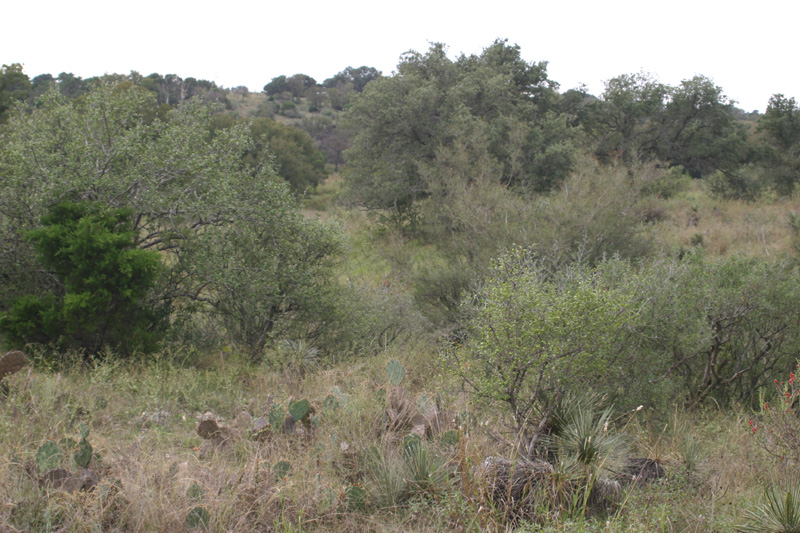Persons interested in wildlife management understand that habitat management is the key. Wildlife will not respond without suitable plant communities; if you build it they will come. A major challenge for landowners in many areas is the proper management of white-tailed deer populations. Proper management includes the challenges of controlling population density and deer overpopulation and letting young bucks mature so that the desired antler quality can be achieved.
In many areas, lowering deer numbers to appropriate levels will improve the health of both the plant and animal communities found in the area. Fewer deer will actually improve the quality of the habitat for deer, producing large-bodied deer, and other wildlife. Deer management is a numbers game, often accomplished through regulated deer hunting. A balanced harvest of bucks and does can also improve the age structure of whitetail bucks, resulting in larger-antlered bucks. Fewer deer will also translate into bigger does, which will recruit more fawns into the population each year.

Another big issue for some landowners is getting the habitat management benefits of cattle grazing without owning the cows. Many properties are overgrazed, which impacts the plants and wild animals found on a property. Periods of cattle deferment – rest – can be very beneficial to a property. This will allow plants to rest or re-establish. Sometimes it takes years, especially in semi-arid areas. Areas with more rainfall will recover faster.
The removal of cows can be great for habitat recovery. However, the long-term removal of grazing from the land can be detrimental to certain plant species,a and maybe even to a landowner’s long term goals. In general, periodic grazing can maintain and improve native grasses stands and at the same time can increase beneficial forbs (weeds) that are eaten by whitetail deer.
Most landowners do not have enough property to provide all of the resources of large ranging species, such as deer or wild turkey. This habitat management challenge can be addressed by working with neighboring landowners. Over the past few years, wildlife co-ops, sometimes referred to as wildlife management associations, have been formed around the country by groups of landowners interested in managing the habitat on their properties and the wildlife populations found in an area.
Many wildlife co-ops have been formed to increase the quality of white-tailed deer. Landowners in these management co-ops know that their neighbor shares the same goals and land management objectives for local deer and wildlife populations. They realize that together they can have the desired impacts on the deer numbers and their habitat.But wildlife co-ops are not the only examples of landowners working together. Livestock grazing co-ops have also been organized in different areas. This type of co-op permits the temporary grazing of neighboring livestock for habitat benefits.The trick to using cattle as a land management technique is to provide a property with periodic rest.
Habitat management is the key to wildlife management. In Texas, wildlife co-ops have achieved great success. Small properties can provide good areas for native wildlife, especially when smaller properties develop wildlife management co-ops. Whether you want to improve the quality of the deer and other wildlife on your property, or use cows as a practice for habitat improvements, you may want to touch base with your neighbor to see if you can pool your land and management efforts.